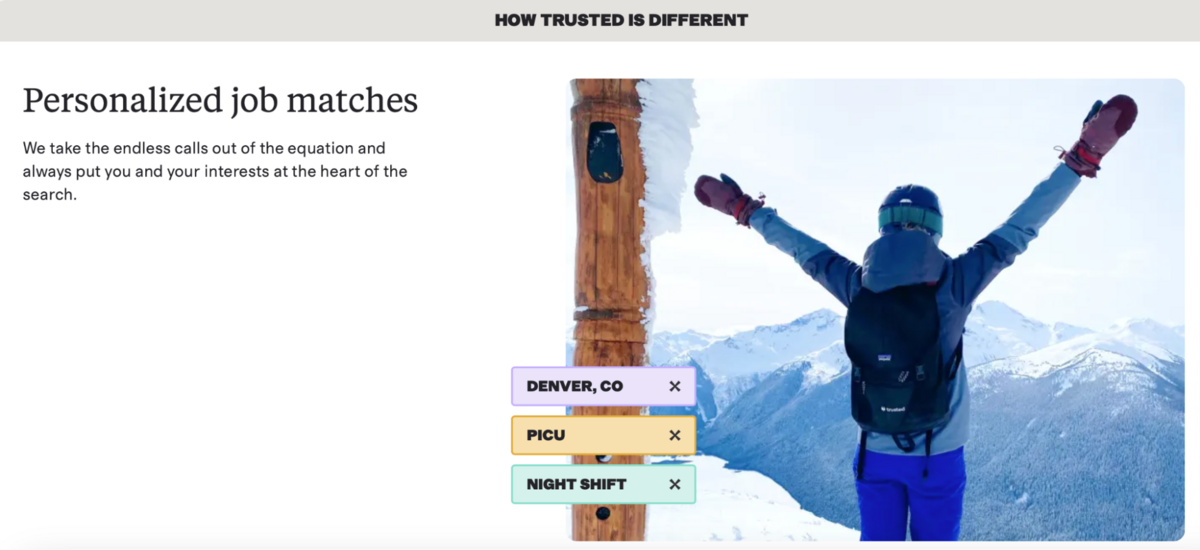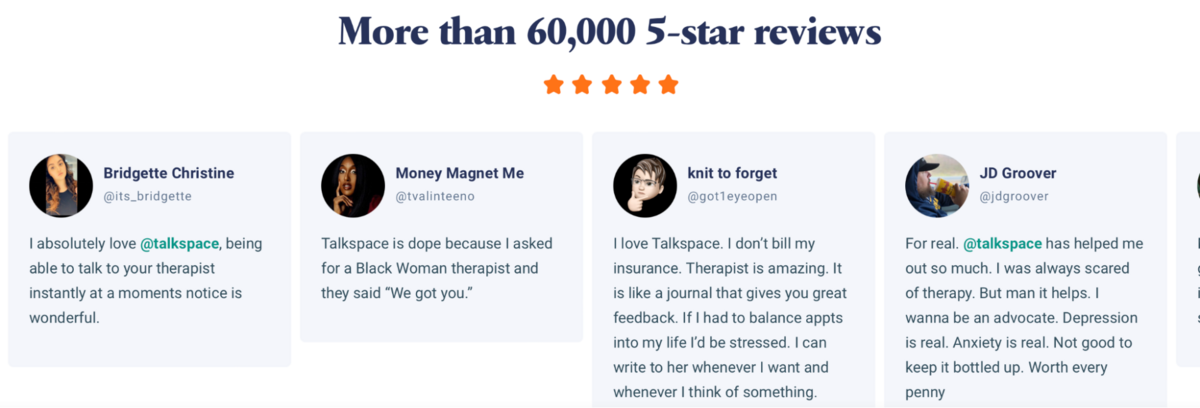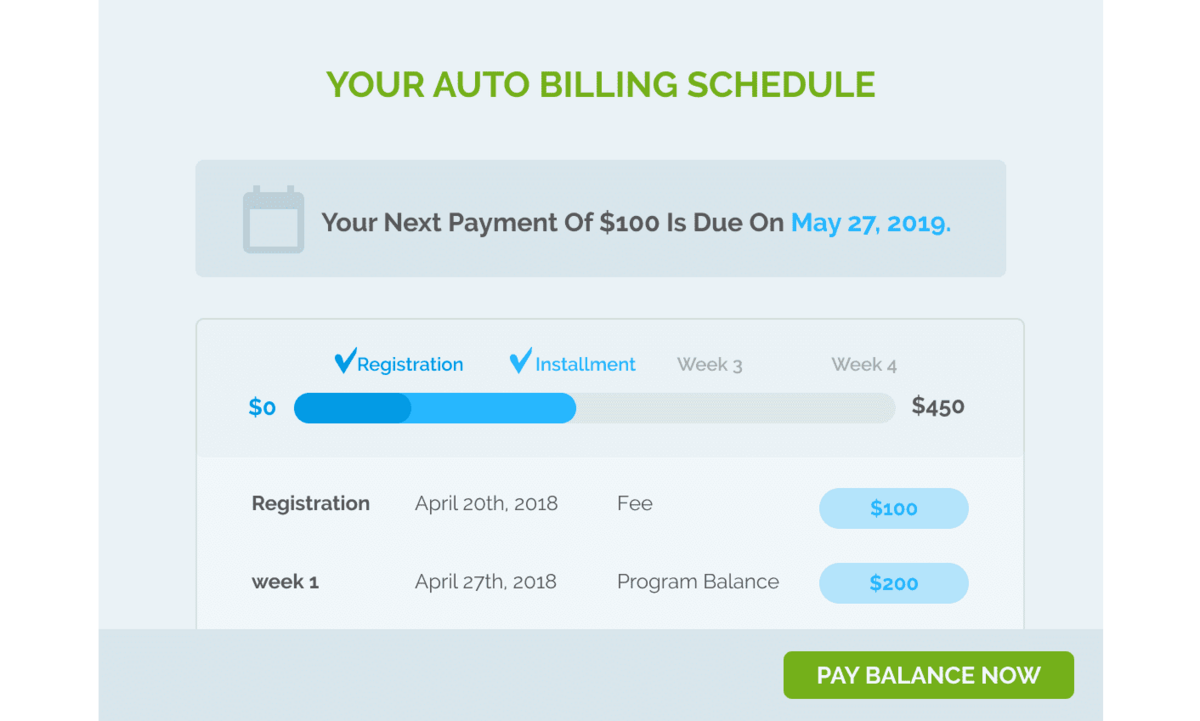Selling your service online is an efficient way to grow both your sales and your customer base.
But online marketing can feel overwhelming for those who are new to it. With a global audience, the stakes are higher, and the competition is fiercer.
That’s why we’ve put together this article to help you avoid the biggest online marketing mistakes.
We’ll explain what they are and how to get your name out there without falling into beginner traps.
- Not Focusing on the Benefits of Your Service
- Poorly Differentiating Yourself From Competitors
- Neglecting to Communicate With Customers
- Disregarding the Importance of Social Proof
- Using Software Not Built for Service Businesses
- How to Set Your Business Up for Success
Not Focusing on the Benefits of Your Service
First, it’s important to communicate the value you bring to your customers. Some business owners don’t do that because they don’t understand their value proposition.
However, it’s crucial to get it across to your customers how they can benefit from using your service. Here’s how to do that.
How to Clarify Your Value
As we’ve said before, your value proposition is what your business can do for people. It’s the main reason customers should buy your service.
Therefore, when you communicate it to the consumers, it should be in the form of a short, clear statement that your customers will remember.
It’s easy to enumerate the services you provide—but to develop a value proposition, you’ll have to drill down into the real heart of what you offer.
Just listing the services you provide doesn’t clarify who you are and what your focus is. To give your business an identity, you need to develop a value proposition.
But how do you do that?
Start by asking yourself what part of running your business makes you feel satisfied. Why do you provide certain services and not others?
What reward do you get out of what you do? Those answers clarify the value you bring.
Take this value proposition from GoForth Institute, for example.
GoForth Institute was built on a single belief—that online small business training should be more than just education. That, above all, entrepreneurs should be able to develop business skills and confidence conveniently, affordably and fast, with support from people who’ve been there. Join our community of over 10,000 entrepreneurs, subject matter experts, and coaches today.
This value proposition highlights the reason GoForth’s owners started the company. Knowing the motivation behind what they do helps customers understand who they are.
How to Communicate Your Value
Make long and short versions of your value statement. The short version should be a phrase or concise sentence explaining the essence of what you offer.
The long version, on the other hand, can contain a few extra elements:
- An attention-grabber
- A summary of your background and expertise
- A mention of who your target audience is
- A more specific explanation of what you do
- Clarification of why the service you offer is important
- A picture reinforcing what you’ve said
Think of your value proposition as a concise call to action. It should motivate your customers to learn more about your service.
Put your value proposition near the contact form on your website and include it in some of your social media posts. But be careful not to overuse it; that’s an easy way to drive customers away!
Poorly Differentiating Yourself From Competitors
Part of developing your value proposition is differentiating yourself from your competition.
That requires understanding your competitors—and doing a competitive analysis is the way to do that.
That means researching your competition, especially by looking at their website and reading their reviews.
Figure out what you can offer that they don’t. If you can’t think of anything, create something.
Start doing something your competition doesn’t do, or simply hone your skills at some existing feature of your business until you outshine them.
Even better, find their weaknesses from their customer reviews and make them your strengths.
Differentiating yourself could entail:
- More affordable pricing
- More options
- A different brand voice (e.g., fun instead of serious)
- Extended hours of operation
- Faster responses to customer questions
- Friendlier staff
And more.
For example, here’s a company that does a great job differentiating themselves. Trusted Health helps travel nurses and other health professionals find jobs.

Source: Trusted Health
This landing page clearly signals that they’re different from similar businesses in offering the target audience’s problems.
Apart from making that a part of their short value proposition (How trusted is different), they also briefly explain how they differ from the competitors (indicating that they don’t require phone calls and showing that they enable their customers to find a placement based on geographical and professional preferences).
Clarifying your uniqueness the way Trusted Health did encourages customers to trust and choose you.
Neglecting to Communicate With Customers
Failing to communicate with your customers is one of the quickest ways to handicap your sales. Studies show that businesses are 60% more profitable when they focus on customer needs.
Therefore, it’s important to foster a connection with both potential and previous customers.
That way, you can be sure you offer the services your customers want to begin with, and improve those services over time, in a way that suits your customers.
Communicating With Potential Customers
Communicate with your target audience as you design your service. Let their needs guide your business choices.
The best way to reach your target audience is through social media. Buy ads on the sites they frequent and include relevant hashtags in posts about your service.
Join groups related to your service and those relevant to your audience.
For instance, if you are in the education and childcare niche, it’s a good idea to join groups for parents in order to increase the visibility of your business.
While some groups don’t allow business promotions, others do.
Even if you cannot promote your business directly, use those groups to ask about potential customers’ pain points. What problems do they have that your service can solve?
These could be personal problems.
To continue with our example with businesses eager to establish connections with parents, the parents may fear their children aren’t getting a well-rounded education.
In response, highlight the ways your business provides a high-quality after-school program.
Audience pain points could also be complaints about other services like yours.
For instance, parents may complain that some after-school programs don’t offer enough outdoor activities—providing you with an opportunity to devise a program that will focus on just that, getting the kids to connect with nature.
Spend time perfecting these unique areas of your business. Figure out what resonates with potential customers, then adjust your value proposition based on what you learn.
It’s essential to make these changes early. Don’t wait to learn what your customers want until you’ve finished developing your service and designing an online marketing campaign.
Communicating With Past Customers
Just as it’s important to figure out what your potential target audience might want from your business, it’s equally vital to keep a finger on the pulse of past customers.
Were they satisfied with your service? What could you do better?
It’s good practice to send out a survey after someone uses your service.
Stay away from questions that lead to yes or no answers—because these don’t give you much information. Instead, ask open-ended questions to encourage detailed answers.
Remember that the goal is to improve your service, so you need actionable responses.
For example, you might ask customers, “What was your favorite thing about using our service?” That encourages them to write a few sentences.
But asking, “Did you enjoy the registration process?” prompts customers to write yes or no without telling you what they did or didn’t enjoy about it, leaving you no suggestions for improvement.
Another way to get feedback from past customers is by reading online reviews on sites like G2, Capterra, Google, and Yelp. Look for trends in these reviews.
Don’t forget to respond to the reviews—both positive and negative. When you do, be professional and don’t succumb to the impulse to be defensive in response to negative reviews.
Disregarding the Importance of Social Proof
Another common mistake when selling online services is neglecting to use customer reviews as social proof. Social proof refers to customer endorsements of your service.
The simplest way to showcase those endorsements is by linking to reviews on your website. For example, at Regpack, we link to customer reviews at the bottom of many of our site pages:

Source: Regpack
This keeps reviews accessible to users without cluttering up our website.
But we don’t recommend stopping there.
Customers know that some reviews aren’t genuine; companies offer incentives for positive reviews, and sometimes employees even pose as customers.
Sharing genuine user-generated content is also convincing social proof. But how can you find that content—and more importantly, demonstrate to the customers that it’s reliable?
Encourage customers to tag you in social media posts about your service. Then share their posts on your company’s social media accounts.
That shows your social media followers that real people enjoy your service.
Here’s an example from Talkspace, a digital mental health company:

Source: Talkspace
These reviews show real people who have benefited from speaking with Talkspace therapists.
They share these customer experiences in their own words, together with their social media handles, enabling the skeptics to trace the statements back to the source.
Pro tip: When a customer tags you on social media, visit their profile. You never know when you’ll find someone with a large social media following.
If you do, consider partnering with them. Research shows that people see influencer reviews as celebrity endorsements. That means they’re more likely to buy your product after reading them.
You can also create longer written or video testimonials. Find satisfied customers by reading survey responses and checking social media.
Ask if they’d be willing to do a quick interview or answer a few questions by email. Then make a testimonial showcasing how your service enriched their life.
Keep in mind that gathering social proof isn’t just about sharing positive reviews; it’s also about sharing enough of them.
According to a recent study, the average customer reads 10 reviews before they trust a company.
We’re not saying you should overwhelm your website or social media with reviews and testimonials, but don’t just share one or two.
Social proof is a powerful way to convince your customers to take a chance on your service.
Using Software Not Built for Service Businesses
As a service-based business, your needs differ from those of product-based companies. That’s why it’s important to invest in specialized software built for service businesses.
Choosing the right software is a simple yet impactful way to boost your sales and increase your company’s growth.
So why do you, a company that sells in-person services, need online software?
Because the right software will streamline your customer registration and payments.
You have more frequent and extended interactions with your customers than product-based companies.
Services are also more expensive than many products, so customers pay in installments, whereas product purchases often only require one payment.
Registering for a service is also more complex than buying a product.
For all of those reasons, buying the wrong software is a costly mistake.
We recommend choosing software that meets the following criteria:
- Lets you build custom payment forms
- Sends automated payment reminders
- Accepts recurring payments
- Lets you customize payment schedules
- Sends personalized customer invoices
- Enables you to embed registration and payment forms onto your website
- Offers group registration
For software that checks all those boxes, check out Regpack.
Regpack’s Software for Service-Based Businesses
Regpack’s software lets you customize forms for different groups of customers. It also gives each customer a personalized experience by using forms with conditional logic.
These forms show customers different questions depending on their responses to previous questions.
Let’s say the first question on a form asks which after-school program a customer wants to sign their child up for.
If the customer chooses a softball camp, they see a set of follow-up questions specific to that camp. If they choose a culinary camp, they see a different set of questions.
Regpack tracks which forms customers need to fill out so they don’t have to keep track of it themselves—and neither do you.
The tool automatically totals how much customers owe, accepts payments, and sends receipts. It also accepts custom payment plans and sends payment reminders.
Customers can even set up automatic online payments.
Here’s an example of Regpack’s automatic billing feature:

Source: Regpack
In this example, the software automatically adds the customer’s balance. Then, it notifies the customer how much they owe and when.
And all of this happens behind the scenes while you spend time on other things.
It’s important to choose software with features that make customers comfortable while registering and paying for your service—and Regpack’s software does just that.
How to Set Your Business Up for Success
Avoiding the mistakes we’ve discussed in this article makes a huge difference in the success of your business.
Communicating your value proposition shows customers that your service can solve their problems, whereas differentiating yourself from your competition convinces them that you’re their best option.
Furthermore, communicating with customers both before and after they use your service helps you meet their needs.
It can also benefit you, as staying in touch with them allows you to elicit reviews and testimonials, which you can then use as social proof that brands your company as trustworthy.
Finally, using quality software designed for service-based businesses streamlines online registration and payment.
In short, selling services online is hard and the market is competitive, but these strategies give you a leg up. Work smarter, not harder!


















